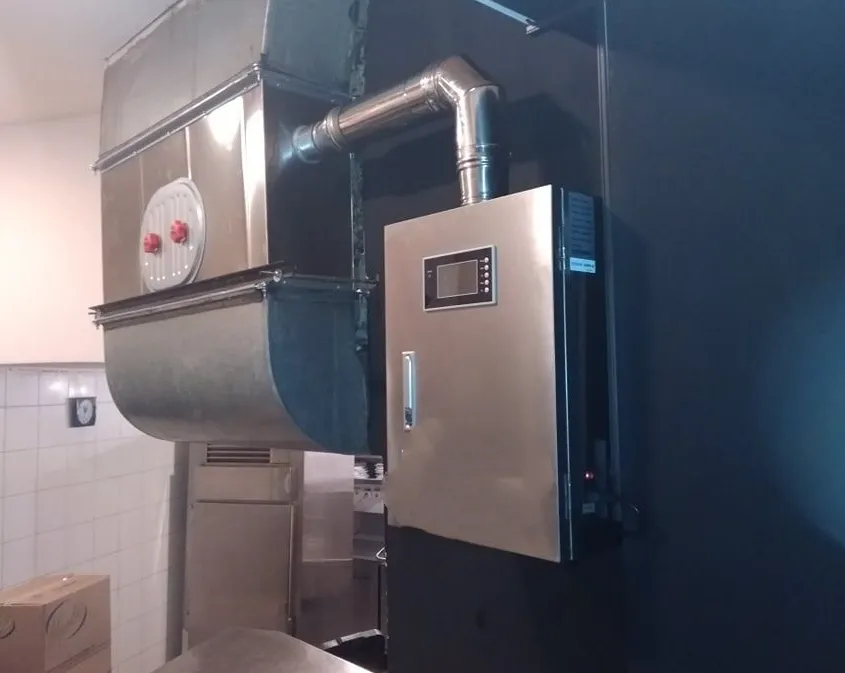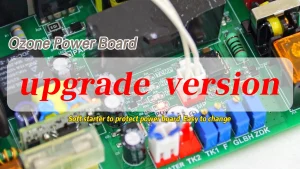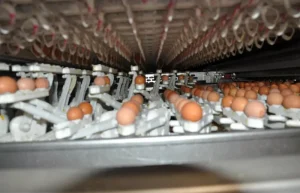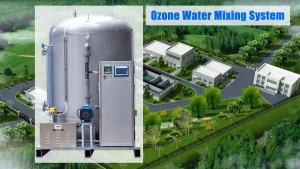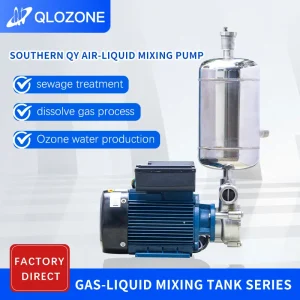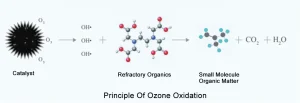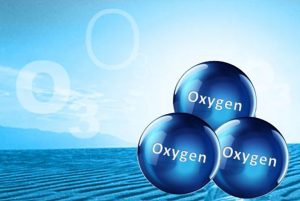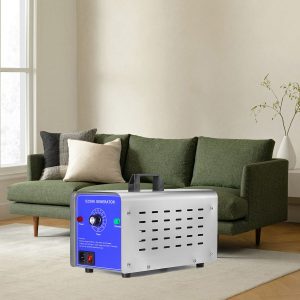The emissions from commercial kitchens often contain large amounts of oil particles, volatile organic compounds (VOCs), sulfur compounds, and nitrogen oxides (NOx), which can have a serious impact on the surrounding environment and public health if not properly treated and discharged. Ozone, as an efficient oxidant, can effectively degrade these pollutants and help commercial kitchens meet emission standards. Here are the basic steps for using ozone technology to treat kitchen fumes:
Step 1: Preprocessing
Filtration and Cooling: The oil vapor first enters the filter to remove large particulate matter, and then passes through a cooling tower to lower the temperature, providing suitable working conditions for subsequent ozone treatment.
Step 2: Ozone generation and injection
Ozone Production: Ozone (O3) is produced from oxygen using high-pressure discharge or ultraviolet radiation technology. The ozone production must be controlled to achieve optimal oxidation efficiency without producing excessive amounts.
Mixing and Homogenization: Ozone gas is evenly mixed into the oil fume flow to ensure that each part of the oil fume comes into contact with sufficient concentration of ozone.

Step 3: Oxidation Reaction
Oxidation Decomposition: Ozone reacts with pollutants in the oil fume to decompose them into water vapor, carbon dioxide, and other harmless substances.
Step 4: Post-treatment
Filtration and Adsorption: The oxidized oil fume enters subsequent filtration equipment, such as activated carbon filters or wet scrubbers, to remove any residual ozone and fine particles.
Exhaust Gas Monitoring: Finally, the exhaust gas before discharge is checked through a detection system to confirm whether it has met the emission standards. If necessary, secondary purification measures can be added.
Key Reminder:
Safety Considerations: While beneficial for oil fume purification, high concentrations of ozone are harmful to humans. Ensure good ventilation in the work area and appropriate personal protective equipment for operators.
Equipment Maintenance: Regularly check and maintain the ozone generator and related equipment to ensure optimal operation and prolong service life.
By following these steps, combined with professional ozone treatment technology, commercial kitchen oil fume emissions can be effectively purified, not only benefiting the environment but also reflecting the social responsibility of the enterprise.


